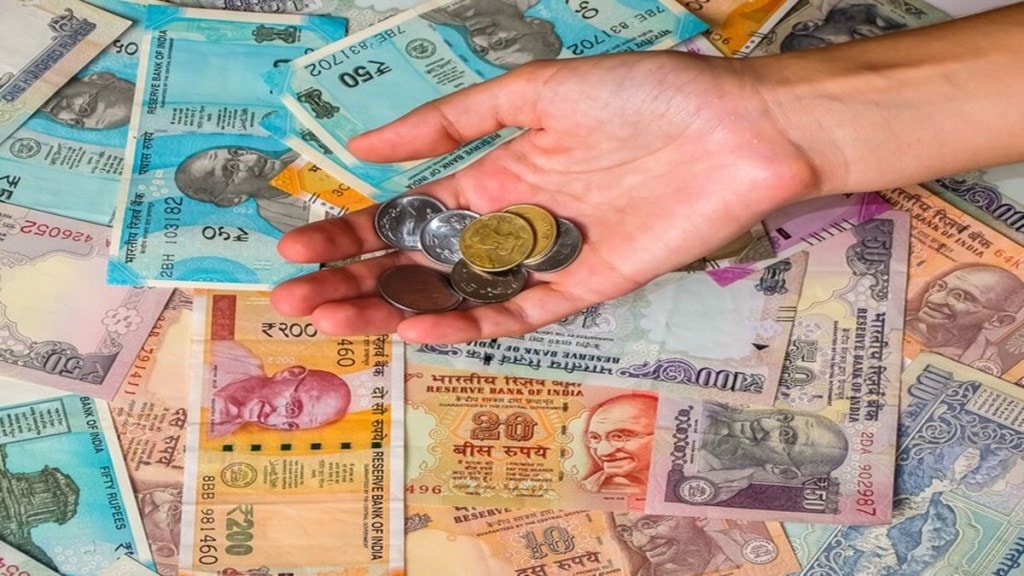By Akash Sinha
When you walk up to your local store to buy groceries for the week, chances are you’ll likely reach for your phone and not your wallet when you make a payment. Truthfully, you’re probably no longer walking up to a store but placing an order with the same phone on an app. Payments and shopping habits in India have had a paradigm shift.
Today, the Indian consumer across tiers is shopping for their daily, monthly, and even large yearly purchases online. To now reach one of the fastest-growing consumer bases in the world, businesses catering to Indians have few options but to go digital.
In a country like ours, where financial inclusion rates still lag behind global counterparts, high fintech adoption, which brings access and choice to millions, isn’t just a trend but a game changer. By adding more people into the fold of digital India’s promise, fintech has moved from being an enabler of convenience to an active financial partner — for people, businesses, and the economy.
Consider its impact with the rise of embedded finance, a trend we will see grow in 2025. With financial products increasingly becoming available on non-financial platforms, fintech can reach people who previously may not have had easy access to financial services. This could be the large audience on ride-hailing apps, food delivery apps, or even e-commerce platforms. By bringing new fintech features to where digital consumption already exists, embedded finance can make transacting in the digital economy an omnichannel experience. Some estimates peg the potential of the embedded finance market at $320 billion in revenue by 2030.
Similar potential is true for India’s cross-border payment ecosystem as well. Until now, the movement of money internationally through India has been a fairly complicated process. However, the recent payment aggregator cross-border licensing framework introduced by the Reserve Bank of India promises to simplify this process. In turn, we can expect a seismic shift in how India interacts with the world with respect to consumption. For Indian entities, this means no longer limiting their ambitions to immediate markets but instead taking their business to the world with ease — a great move to improve competition. On the other hand, for Indian consumers, this translates to increased choice, with global businesses being able to reach them with seamless international payments. By 2030, India’s cross-border e-commerce market is projected to reach $2 trillion — a prediction fuelled by growing consumer demands and a large appetite for international payment solutions.
However, this demand and rise of online consumption hasn’t been without challenges. As of last year India, saw 1.1 million registered cases of financial fraud. Also, with India being one of the top victims of identity fraud globally, there’s a need to secure consumer privacy and trust in digital services too. Growth, ultimately, would be less meaningful without sustainability and security. One of the ways this will manifest in 2025 is with fintech companies indexing heavily on verification products and sophisticated fraud risk detection systems. Fintech companies are also at the right touchpoint — connecting businesses to customers through payments — to play a crucial role in the digital security ecosystem. We are already seeing businesses gravitate towards proactively using security measures to mitigate risks. But what will come to make fintech security products promising is the fact that artificial intelligence, leveraged for scanning transaction data in real time, can also learn in real time, thereby evolving with changing fraud tactics.
As businesses across the country navigate this rapid, vibrant landscape, they’re also realising that consumers with digital savvy want more customisation in their payment experience. At the end of the day, when consumers can buy what they want when they want to, they would also like to pay how they want. This often leads to businesses having multiple payment integrations on the back end leading to reduced operational efficiency. It’s at this stage that payment orchestration platforms become indispensable. In India, the market size for payment orchestration platforms is expected to grow at a compound annual growth rate of 25.7% from 2024 to 2030. In essence, these platforms help businesses manage multiple payment integrations while significantly reducing costs. They also increase success rates by directing transactions to the most suitable gateways, reducing overall payment failures. Whether the business is in the direct-to-consumer segment, an enterprise, or an e-commerce entity, payment orchestration adds an edge by helping them be consistently successful with their payments.
There are few ecosystems in India’s tech landscape that have seen multiple inflection points for growth the way fintech has. As we step into 2025, the sector has a choice to make on how they supplement this high growth with the 3 ‘S’s of a maturing space — security, sustainability, and scalability. With trends leaning towards building on access, inclusion, and better experiences, in 2025 fintech entities have a real opportunity to fully grow into the role of partnership that communities, businesses, and governments have trusted them with through the last decade.
The writer is CEO and co-founder, Cashfree Payments.
Disclaimer: Views expressed are personal and do not reflect the official position or policy of FinancialExpress.com. Reproducing this content without permission is prohibited.


